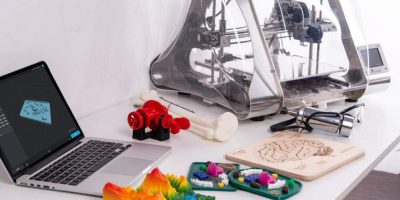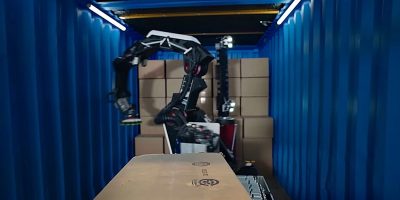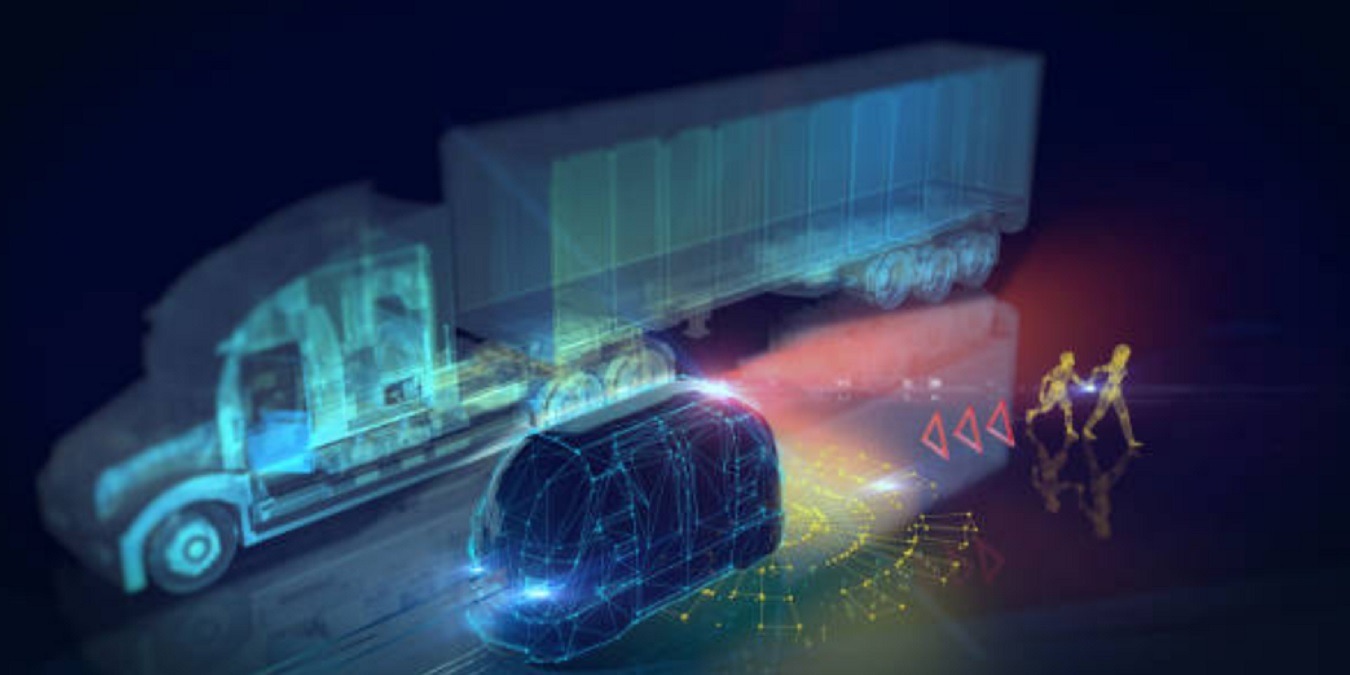
It’s impossible to have fully autonomous vehicles without electronic systems which replace what the driver sees. To safely operate a self-driving vehicle, you need an accurate rendering of various objects in the driving path. From a soda can to a fast approaching SUV, there is no room for error. After all, you’re trying to avoid collisions.
Apart from high-resolution cameras, LiDAR and radar are the most popular object-detection technologies in the autonomous space. Both move at the speed of light to bounce against various objects. The time taken for the signal’s return is used to plot a dynamic 3D map of objects, which controls your vehicle’s trajectory, speed and braking. Let’s find out the key differences between LiDAR and radar and examine whether one or the other is better for autonomous vehicles (AV).
What’s the Difference Between LiDAR and Radar?
LiDAR is a portmanteau acronym of “light” and “radar” but also has a similar meaning based on its core function: “light detection and ranging.” If you’ve ever bounced a laser beam off a surface, you’d instantly know its basic motion principle.
The big difference: it’s just not one laser beam from a single source but multiple invisible laser beams emerging. They emanate from sensors embedded in a “LiDAR sensor module” proprietary to the manufacturer. These beams go in multiple directions, bouncing off at various points across an object for accurate 3D rendering.
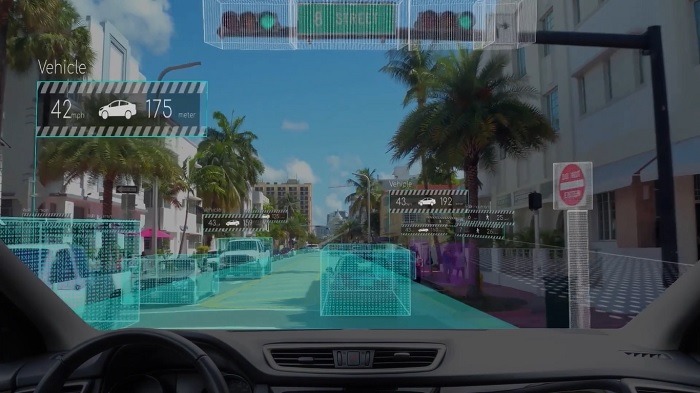
The aim of automotive LiDAR is to represent the environment in the form of cells, which coalesce into what is known as an “occupancy grid.” An example of such grids is shown here for LeddarTech’s LeddarVision system. It uses raw data sensor fusion to generate 3D models of both static and moving objects along with their velocities, motion vectors, etc. These in turn connect with the AV’s own driver module software.
Sophisticated LiDAR systems can not only detect various objects, people, and vehicles, but also keep track of what’s inside the vehicles and map people’s gestures.
Compared to LiDAR, which uses laser beams, radar uses radio waves and stands for Radio Detection and Ranging. It uses a narrow beam or wide beam long-range (200m) scan. Radar technology has been around since the 1940s and is extensively used in aircrafts (both civilian and military).
In the automotive industry, radar has already been used for many years in the form of adaptive cruise control and automatic emergency braking. Both LiDAR and radar can be used for short-range as well as long-range object measurement.
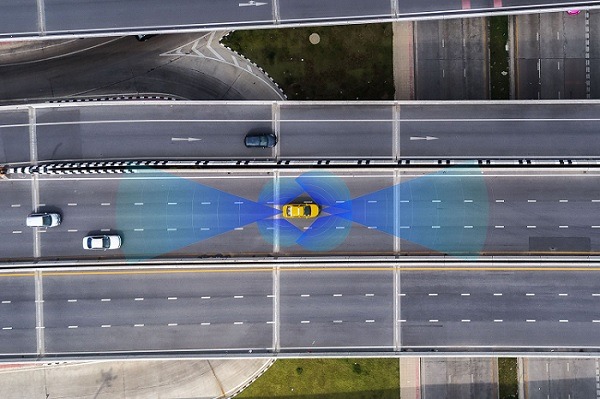
In contrast to LiDAR’s “occupancy grids,” automotive radar technologies use a cluster of dots, which combine with motion cameras to generate the object shape. This is where the problem lies, as the image resolution and clarity may leave a lot to be desired. In the past, automotive radar was generally characterized by short-range radar around 24 GHz frequency.
Currently, higher frequencies such as 61 to 79 GHz are entering this market space for better resolution of the objects. Arbe Robotics Gamma evaluaton kit 4D Imaging radar operates at a frequency range of 77 to 81Ghz. This is aimed at providing a higher resolution and better image clarity.
When to Choose LiDAR over Radar
Compared to radar, existing LiDAR technologies deliver a much higher resolution with clearer visualization of objects. The improved quality and precision means even unclassified objects can be rendered clearly, enabling better quality sensing of the traffic and pedestrians. It can also detect small objects more accurately, so even a small soda can would not escape a LiDAR rendering. In comparison, low-resolution radar technologies are not able to distinguish between objects of similar size and shape.
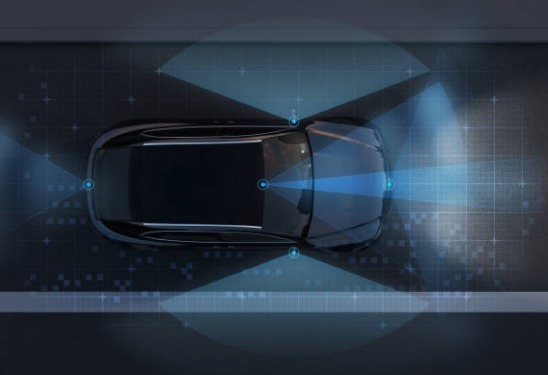
Thus, automotive LiDAR should be preferred over radar in the following scenarios:
- More accurate sensing of stationary and moving objects
- 360-degree field of view
- Detecting tiny objects
- Meaningful data with high sampling density
- Focusing on single objects rather than multiple, giving a broader overview of a vehicle’s environmental surroundings
When to Choose Radar over LiDAR
If there’s one disadvantage of LiDAR, it’s the cost factor. Google’s Waymo LiDAR and Velodyne’s LiDAR sensors used to cost as much as $75,000 when they were first launched. However, the prices have dropped drastically by 90 percent and more. Today, some companies are focusing on LiDAR systems, which cost less than $1000.
Compared to that, an entry-level radar-on-chip module can cost between $50 to $200, as radar technology is much cheaper. However, cost is not the only advantage: automotive radar can perform better in poor weather conditions, such as fog, rain, and dust. They are much more resilient and stable in adverse surroundings, but it does come at the cost of accuracy, which is usually the case with low-resolution radars.
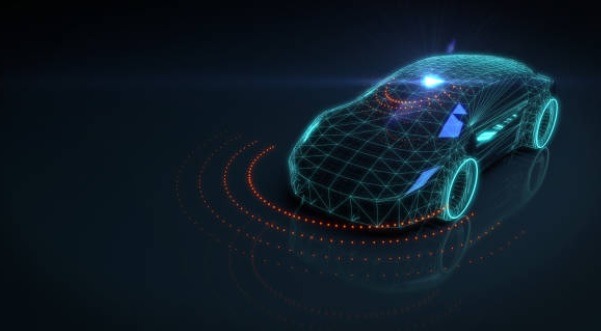
Thus, automotive radar should be preferred over LiDAR in the following scenarios:
- Lowering the costs involved in sensing and object detection of AV
- Performing well in adverse weather conditions, such as rain, fog, and sandstorms
- Preventing collisions in a more consistent and reliable manner
- Highest vehicle autonomy (SAE Level 5)
Radar vs. LiDAR: Our Conclusion
As shown above, whether LiDAR is better than radar or vice versa is dependent on our exact solution aims in the autonomous space. Therefore, we conclude that such a question is not really important. Many AV companies are indeed opting for a combined solution which combines the respective strengths of both LiDAR and radar. For example, Waymo’s next-generation self-driving system uses a complete sensor suite — cameras, radar, and even LiDAR for a total AV solution.



